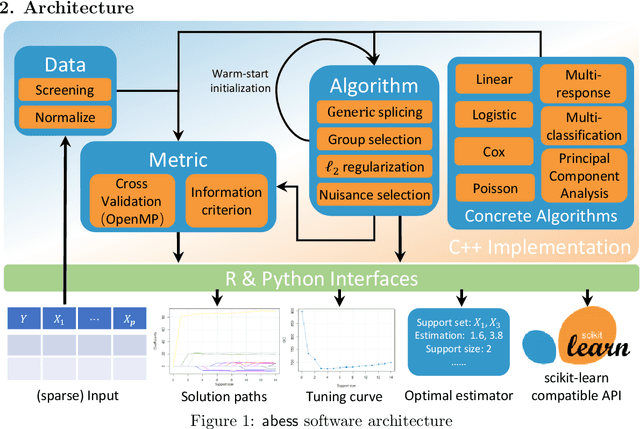Junhao Huang
NTIRE 2025 Challenge on Day and Night Raindrop Removal for Dual-Focused Images: Methods and Results
Apr 19, 2025Abstract:This paper reviews the NTIRE 2025 Challenge on Day and Night Raindrop Removal for Dual-Focused Images. This challenge received a wide range of impressive solutions, which are developed and evaluated using our collected real-world Raindrop Clarity dataset. Unlike existing deraining datasets, our Raindrop Clarity dataset is more diverse and challenging in degradation types and contents, which includes day raindrop-focused, day background-focused, night raindrop-focused, and night background-focused degradations. This dataset is divided into three subsets for competition: 14,139 images for training, 240 images for validation, and 731 images for testing. The primary objective of this challenge is to establish a new and powerful benchmark for the task of removing raindrops under varying lighting and focus conditions. There are a total of 361 participants in the competition, and 32 teams submitting valid solutions and fact sheets for the final testing phase. These submissions achieved state-of-the-art (SOTA) performance on the Raindrop Clarity dataset. The project can be found at https://lixinustc.github.io/CVPR-NTIRE2025-RainDrop-Competition.github.io/.
Texture-Preserving Diffusion Models for High-Fidelity Virtual Try-On
Apr 01, 2024Abstract:Image-based virtual try-on is an increasingly important task for online shopping. It aims to synthesize images of a specific person wearing a specified garment. Diffusion model-based approaches have recently become popular, as they are excellent at image synthesis tasks. However, these approaches usually employ additional image encoders and rely on the cross-attention mechanism for texture transfer from the garment to the person image, which affects the try-on's efficiency and fidelity. To address these issues, we propose an Texture-Preserving Diffusion (TPD) model for virtual try-on, which enhances the fidelity of the results and introduces no additional image encoders. Accordingly, we make contributions from two aspects. First, we propose to concatenate the masked person and reference garment images along the spatial dimension and utilize the resulting image as the input for the diffusion model's denoising UNet. This enables the original self-attention layers contained in the diffusion model to achieve efficient and accurate texture transfer. Second, we propose a novel diffusion-based method that predicts a precise inpainting mask based on the person and reference garment images, further enhancing the reliability of the try-on results. In addition, we integrate mask prediction and image synthesis into a single compact model. The experimental results show that our approach can be applied to various try-on tasks, e.g., garment-to-person and person-to-person try-ons, and significantly outperforms state-of-the-art methods on popular VITON, VITON-HD databases.
abess: A Fast Best Subset Selection Library in Python and R
Oct 19, 2021


Abstract:We introduce a new library named abess that implements a unified framework of best-subset selection for solving diverse machine learning problems, e.g., linear regression, classification, and principal component analysis. Particularly, the abess certifiably gets the optimal solution within polynomial times under the linear model. Our efficient implementation allows abess to attain the solution of best-subset selection problems as fast as or even 100x faster than existing competing variable (model) selection toolboxes. Furthermore, it supports common variants like best group subset selection and $\ell_2$ regularized best-subset selection. The core of the library is programmed in C++. For ease of use, a Python library is designed for conveniently integrating with scikit-learn, and it can be installed from the Python library Index. In addition, a user-friendly R library is available at the Comprehensive R Archive Network. The source code is available at: https://github.com/abess-team/abess.
 Add to Chrome
Add to Chrome Add to Firefox
Add to Firefox Add to Edge
Add to Edge